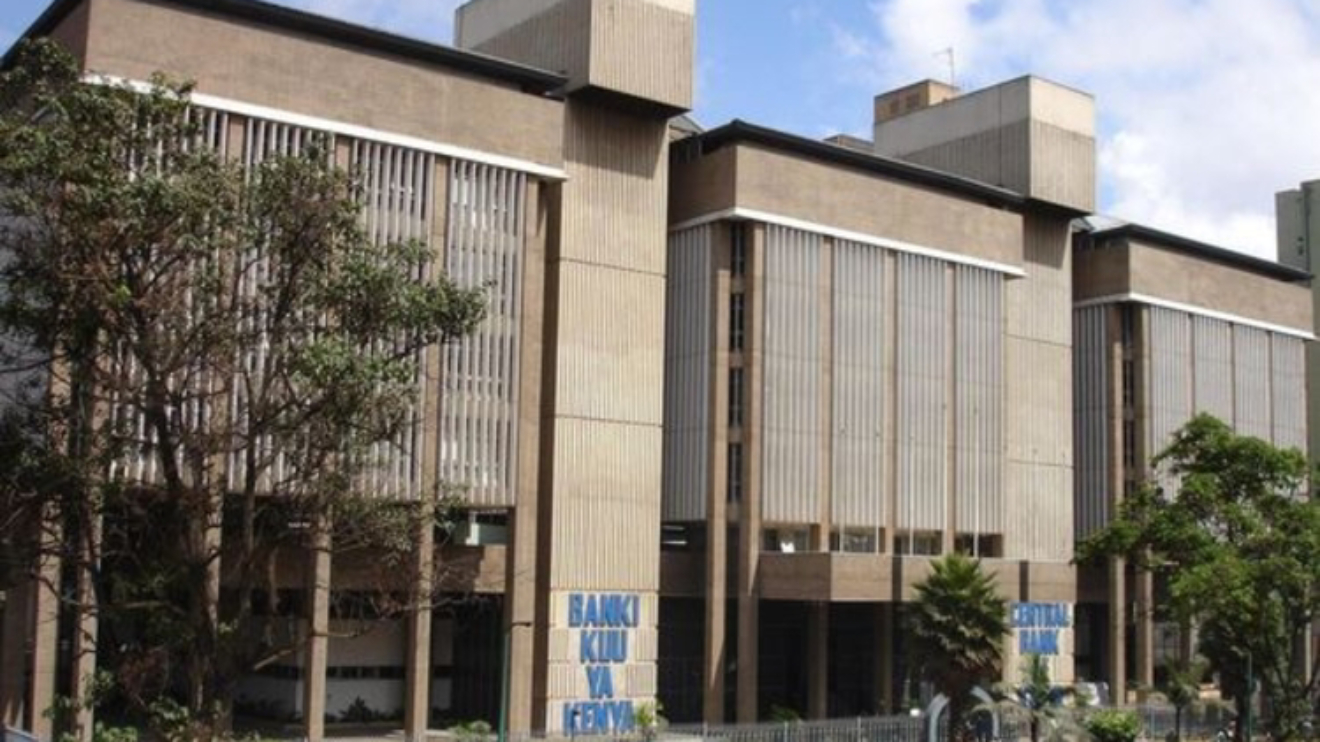Kenya is emerging as one of Africa’s fastest-growing markets for stablecoins, with adoption fuelled by inflation, currency depreciation, and the country’s strong mobile money ecosystem.
According to Yellow Card, Africa’s leading stablecoin infrastructure provider, stablecoins now account for 43 per cent of all cryptocurrency transactions in sub-Saharan Africa.
Yellow Card’s Country Manager for Kenya, Peter Mwangi, said that the technology is becoming more practical in the country.
“The country’s strong mobile money infrastructure, especially M-Pesa, allows for easy stablecoin integration. A tech-savvy youth population also uses stablecoins for lower remittance fees and protection against currency volatility, making them practical financial tools,” Mwangi explained.
Kenya is not alone in this trend.
Read More
Nigeria remains Africa’s largest stablecoin market, recording nearly Sh2.9 trillion in transactions between July 2023 and June 2024, while South Africa has seen a 50 per cent month-on-month increase since October 2023, pushing bitcoin aside as its most traded digital currency.
Ghana, Zambia, Ethiopia, and Uganda are also experiencing notable growth.
Yellow Card’s Regional Manager for East Africa, Sharon Tum, noted that businesses in the region are moving beyond speculation.
“Stablecoin adoption is accelerating among businesses for three clear reasons: faster cross-border settlements, reduced FX costs, and hedging against currency volatility," Tum stated.
"Many Companies are using stablecoins to pay suppliers and receive international payments in minutes instead of days - often at a fraction of traditional banking fees. This isn’t speculative use; it’s a practical tool for improving cash flow and cross border trade.”
The global rise of stablecoins has been dramatic.
Their market capitalisation, valued at Sh655 billion in early 2020, climbed to Sh23.8 trillion by March 2022 before dipping after the collapse of Terra’s UST.
The rebound saw values stand at Sh15.6 trillion in 2023, Sh21.1 trillion in 2024, and Sh30.1 trillion by May 2025.
Worldwide, transactions hit Sh2 quadrillion this year, more than Visa and Mastercard combined, with 110 million payments processed monthly.
On Yellow Card’s platform, stablecoins dominate nearly all activity.
They made up over 90 per cent of transactions in 2022 and 2023, and now stand at 99 per cent in 2024.
USDT is the preferred option, taking 88.5 per cent of trades and 85.4 per cent of value, while USDC accounts for just under 10 per cent.
PYUSD remains minimal. About 70 per cent of users rely on stablecoins for remittances and savings, while 30 per cent use them in business.
Corporate usage in Africa is expanding quickly, growing by 25 per cent in 2024 alone, particularly for cross-border trade, supply chain payments, and payroll.
Kenyan firms are increasingly embracing these tools to cut costs and speed up operations.
Governments across the continent, including Kenya’s, are now examining how to regulate this space.
Authorities are weighing anti-money laundering and counter-financing of terrorism measures, as well as taxation frameworks to capture revenue from digital assets.
For Kenya, where economic pressures are reshaping how money is managed, stablecoins are moving from the fringes into mainstream use, offering both households and businesses new ways to save, transact, and trade.







